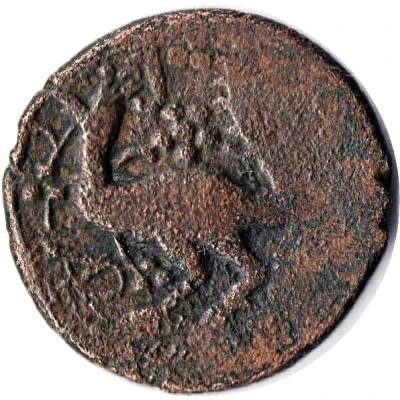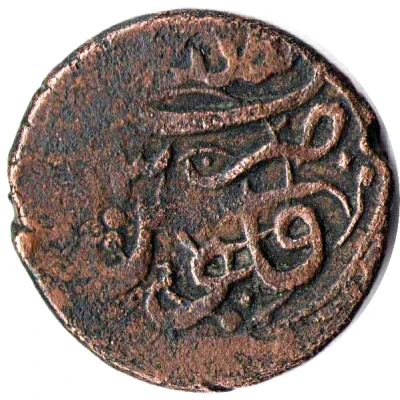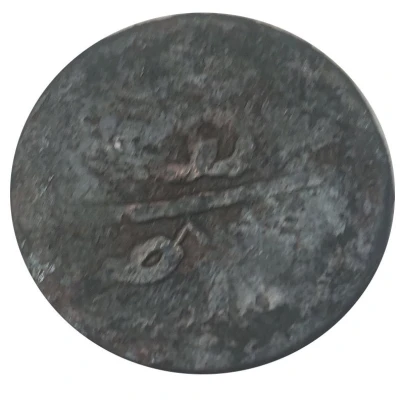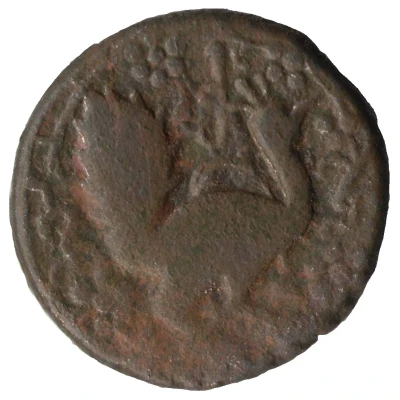
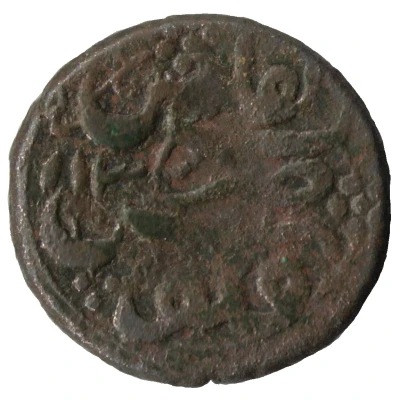

© David Mikeladze
½ Bisti - Bakar Peacock right
| Copper | 8 g | 24 mm |
| Issuer | Georgia › Kingdom of Kartli (1490-1762) |
|---|---|
| Regent | Bakar (ბაქარი) (1716-1719) |
| Type | Standard circulation coin |
| Years | 1130-1131 (1718-1719) |
| Calendar | Islamic (Hijri) |
| Value | ½ Bisti (1⁄20) |
| Currency | Abazi (-1801) |
| Composition | Copper |
| Weight | 8 g |
| Diameter | 24 mm |
| Thickness | 2 mm |
| Shape | Round (irregular) |
| Technique | Hammered |
| Demonetized | Yes |
| Updated | 2024-10-04 |
| Numista | N#90963 |
|---|---|
| Rarity index | 89% |
Reverse
Persian legend in circle, mint and date.
Lettering: فلوس ضرب تفليس ١١٣٠
Translation:
Fulus
Struck in Tiflis
1131
Edge
Irregular hammered
Comment
Year is usually at the left side , on 9:00 . Year at the top of the coin, over " Tiflis" is very rare .Interesting fact
The ½ Bisti - Bakar coin from the Kingdom of Kartli (1490-1762) is interesting because it features a unique design element - a peacock on the right side of the coin. This design was used during the reign of King Bakar III, who ruled the kingdom from 1718-1719. The peacock symbolized royalty and power, and its inclusion on the coin was a nod to the king's status and influence. Additionally, the coin was made of copper, which was a common material for coins during that time period. Overall, the ½ Bisti - Bakar coin is a fascinating piece of history that provides insight into the culture and symbolism of the Kingdom of Kartli during the 18th century.
